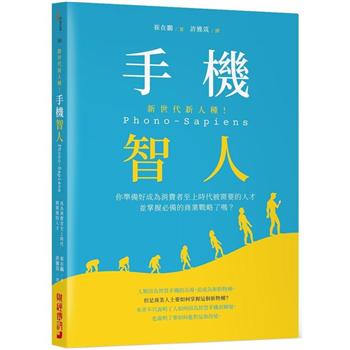Oil palm cultivation is a significant contributor to the global agricultural industry, providing valuable resources for various products. While it has faced challenges, including concerns about deforestation and environmental degradation, it is crucial to understand the geographical distribution of oil palms to ensure responsible and sustainable management.
This book introduces the application of geospatial technology to the palm oil industry, demonstrating how these tools can address key issues while promoting responsible practices. The topics discussed in the book aim to tackle challenges such as illegal deforestation and the monitoring of environmental impacts associated with oil palm cultivation.
Key Features:
- The first book to explore the use of remote sensing and geospatial technologies for mapping and monitoring oil palm plantations
- Introduces cutting-edge techniques from the fourth industrial revolution, including the use of the Internet of Things (IoT), Artificial Intelligence, big data and analytics, block chain and 5G technology for effective oil palm tree monitoring
- Addresses current environmental concerns affecting the industry, including issues like floods, changes in precipitation, temperature, humidity, and El Niño events
- Explores the scientific aspects of promoting sustainability in oil palm developments and the responsible conversion of rainforests into oil palm plantations
- Provides a wealth of application data for early detection and continuous monitoring of environmental challenges.
This book serves as an insightful resource for those interested in geospatial technologies and their positive impact on monitoring and mitigating environmental changes in the context of the palm oil industry.

 看圖書介紹
看圖書介紹










